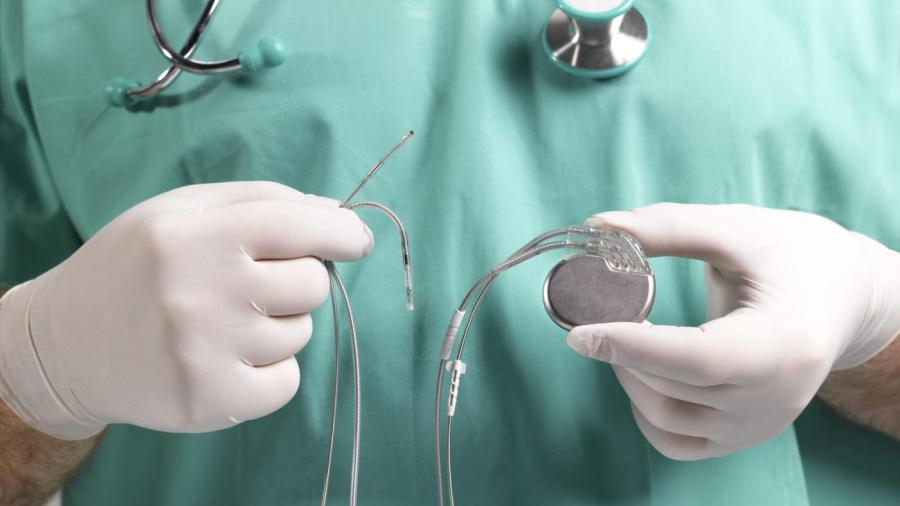What Are the Functions of a Pacemaker?

According to the National Institutes of Health, the function of a pacemaker is to use electrical pulses to prompt the heart to beat at a normal rate and rhythm. A patient who suffers from irregular heartbeat, or arrhythmia, may need a pacemaker to keep his heart rate steady and regular.
A pacemaker is a small device that is implanted into a patient’s chest or abdomen. The function of a pacemaker is to use low-energy electrical pulses to mimic the heart’s own electrical signaling. Pacemakers can speed up a slow heart rhythm. They can control a fast or an irregular heart rhythm. They can also ensure that the right and left ventricles contract normally if patients suffer from atrial fibrillation, an irregular heart rate that affects proper blood flow.
Pacemakers can also coordinate the electrical signaling of the heart between the upper and lower chambers of the heart. They can coordinate electrical signaling between the ventricles to prevent heart failure. Pacemakers can also prevent dangerous arrhythmias from occurring in patients who suffer from long QT syndrome, which is characterized by chaotic and rapid heartbeats. Newer pacemakers also have the technology to monitor and record the heart’s electrical activity and heart rhythm so that doctors can obtain all of this information from a patient over time.





